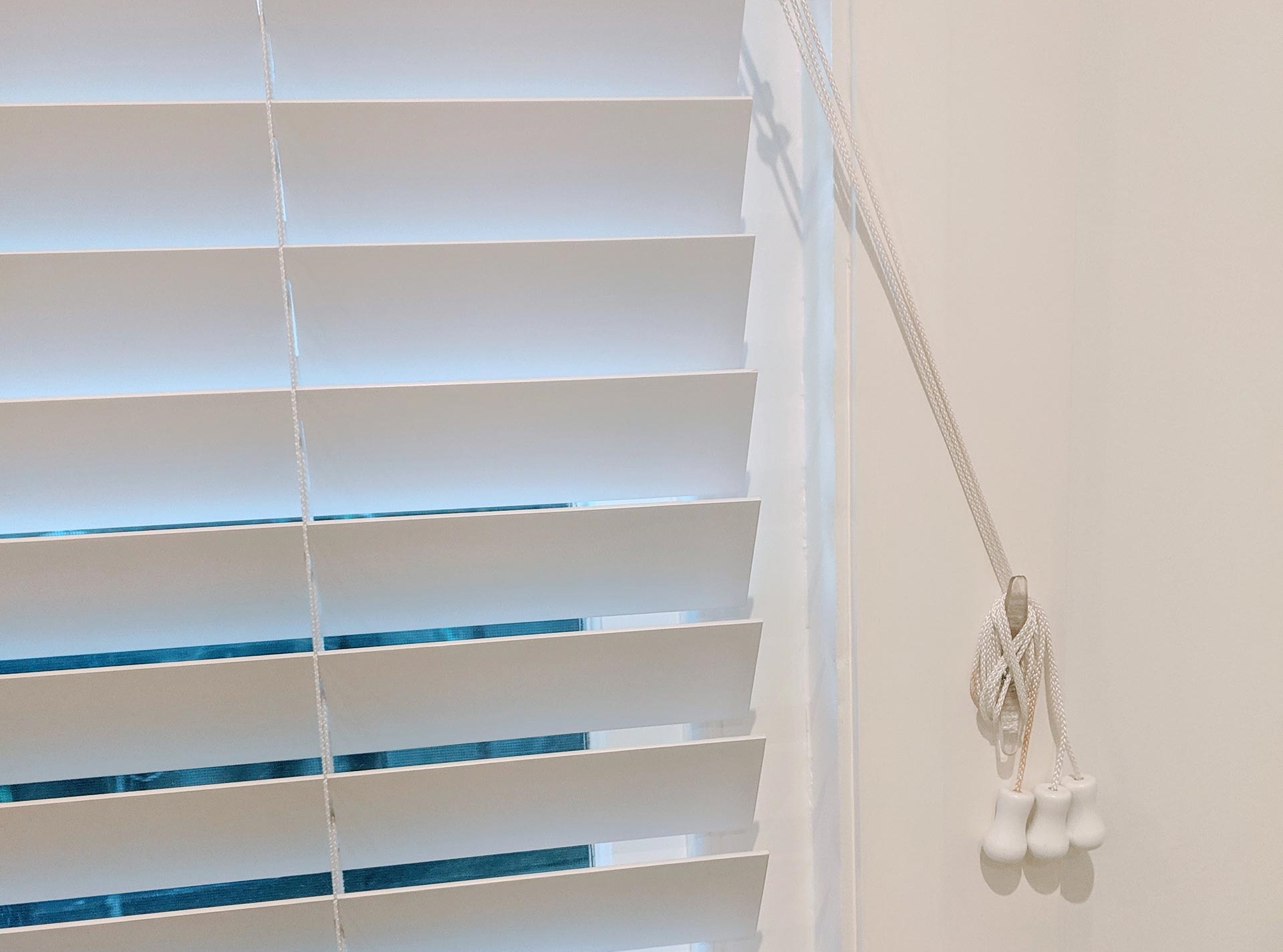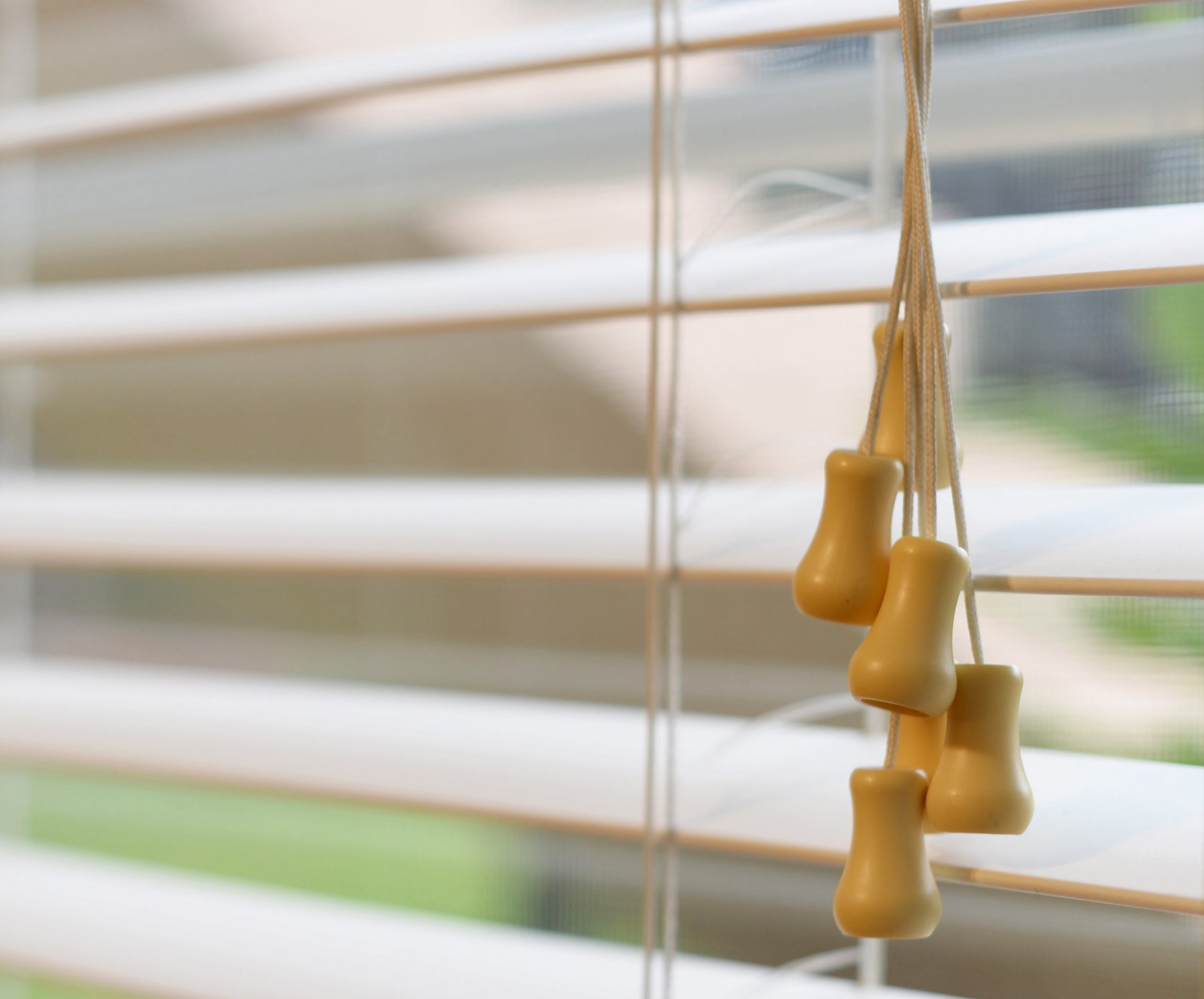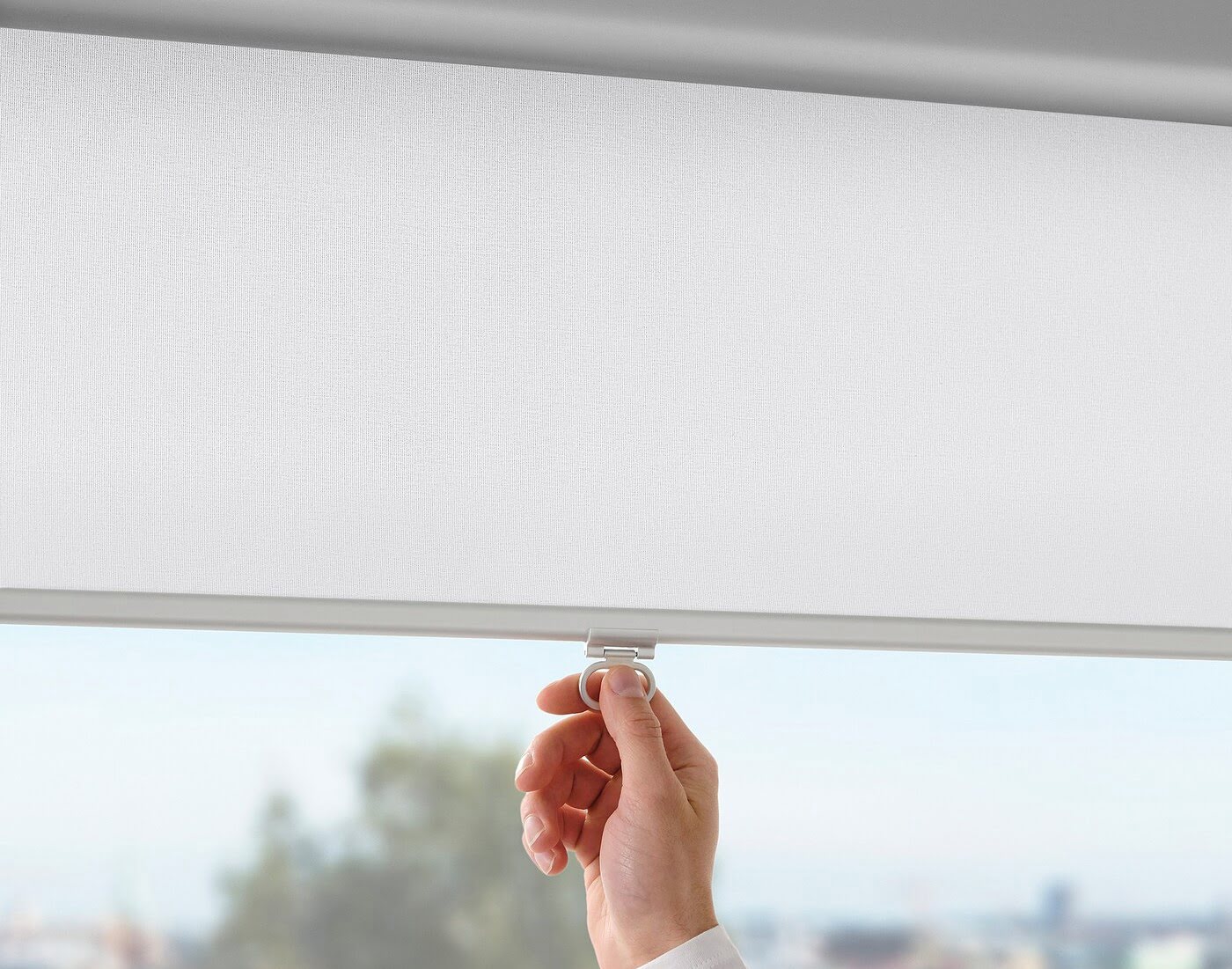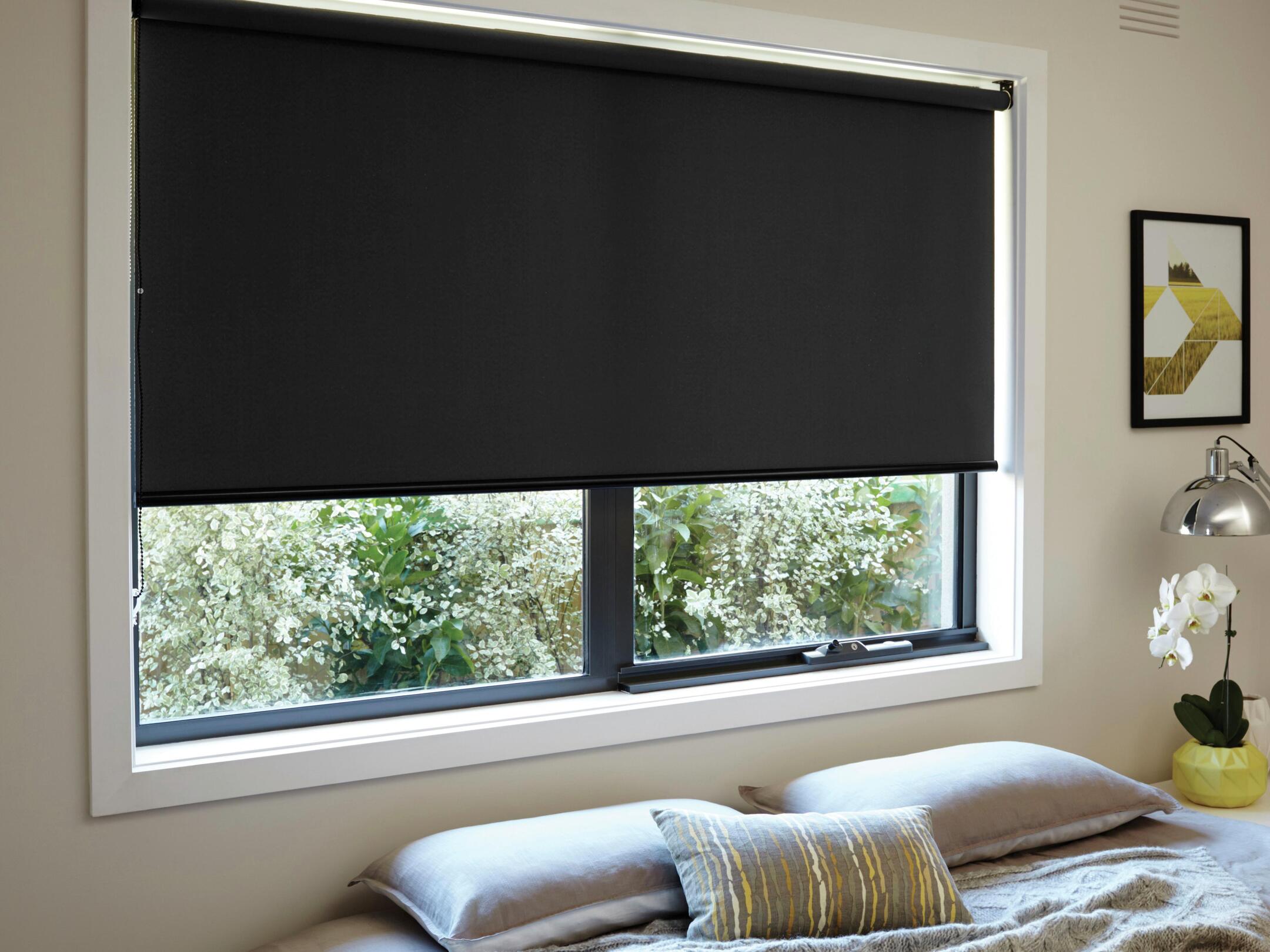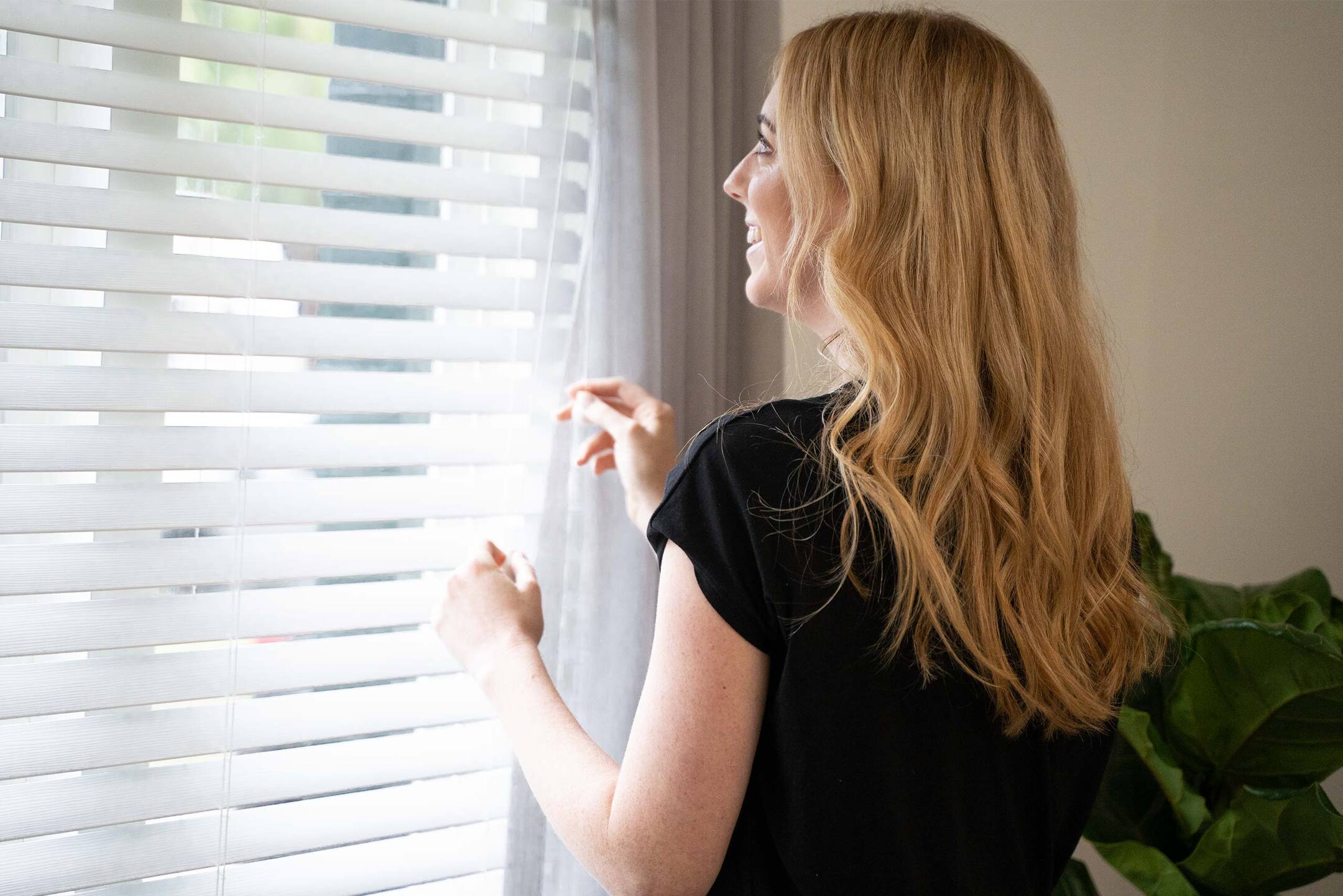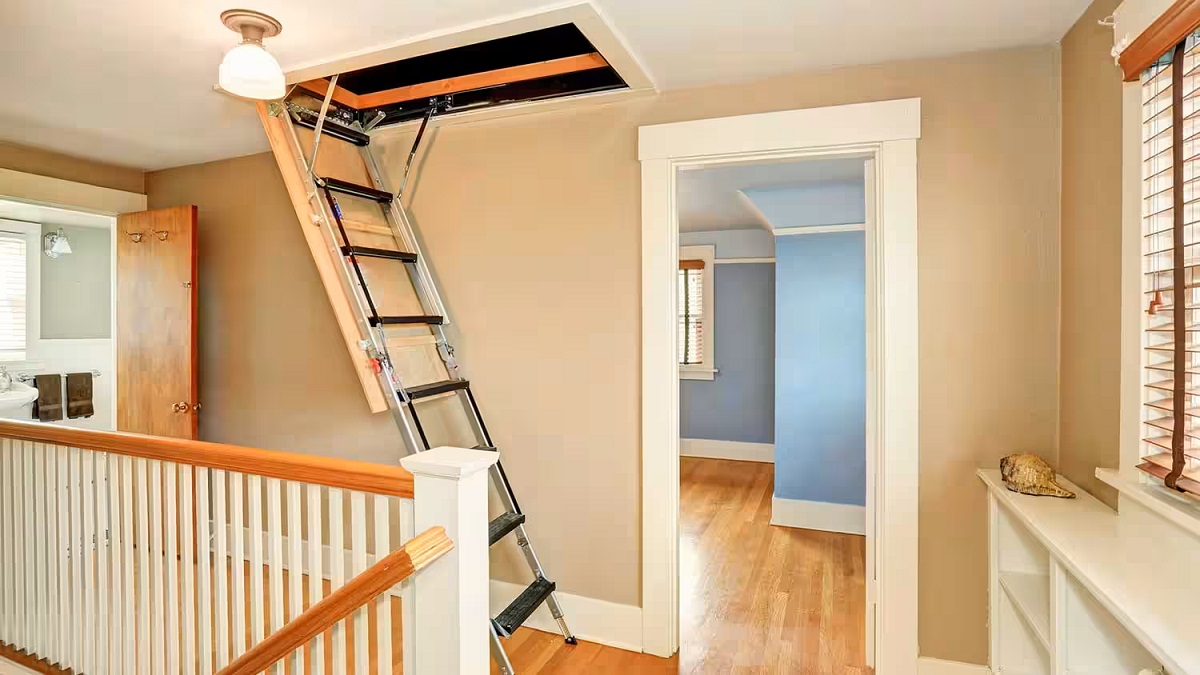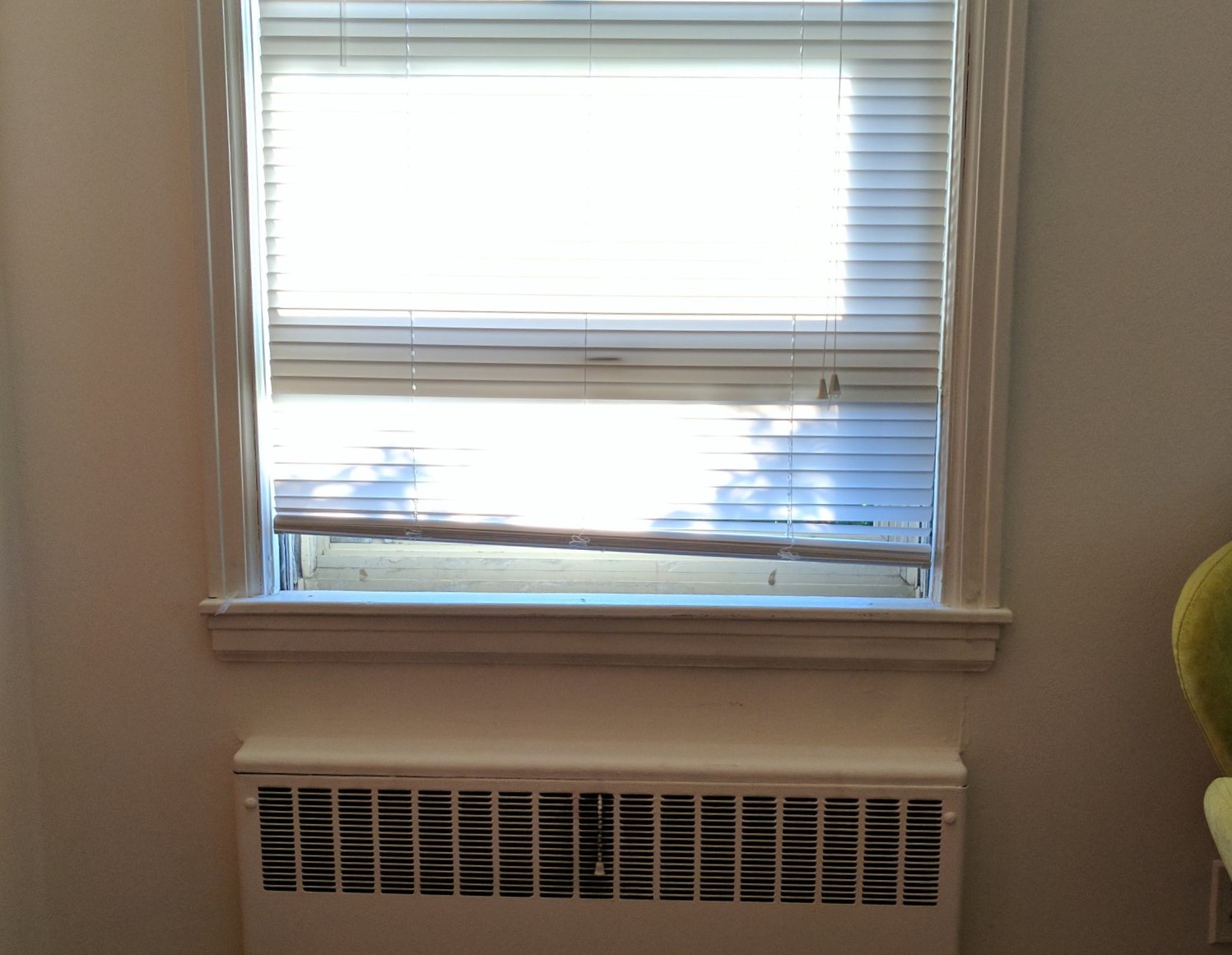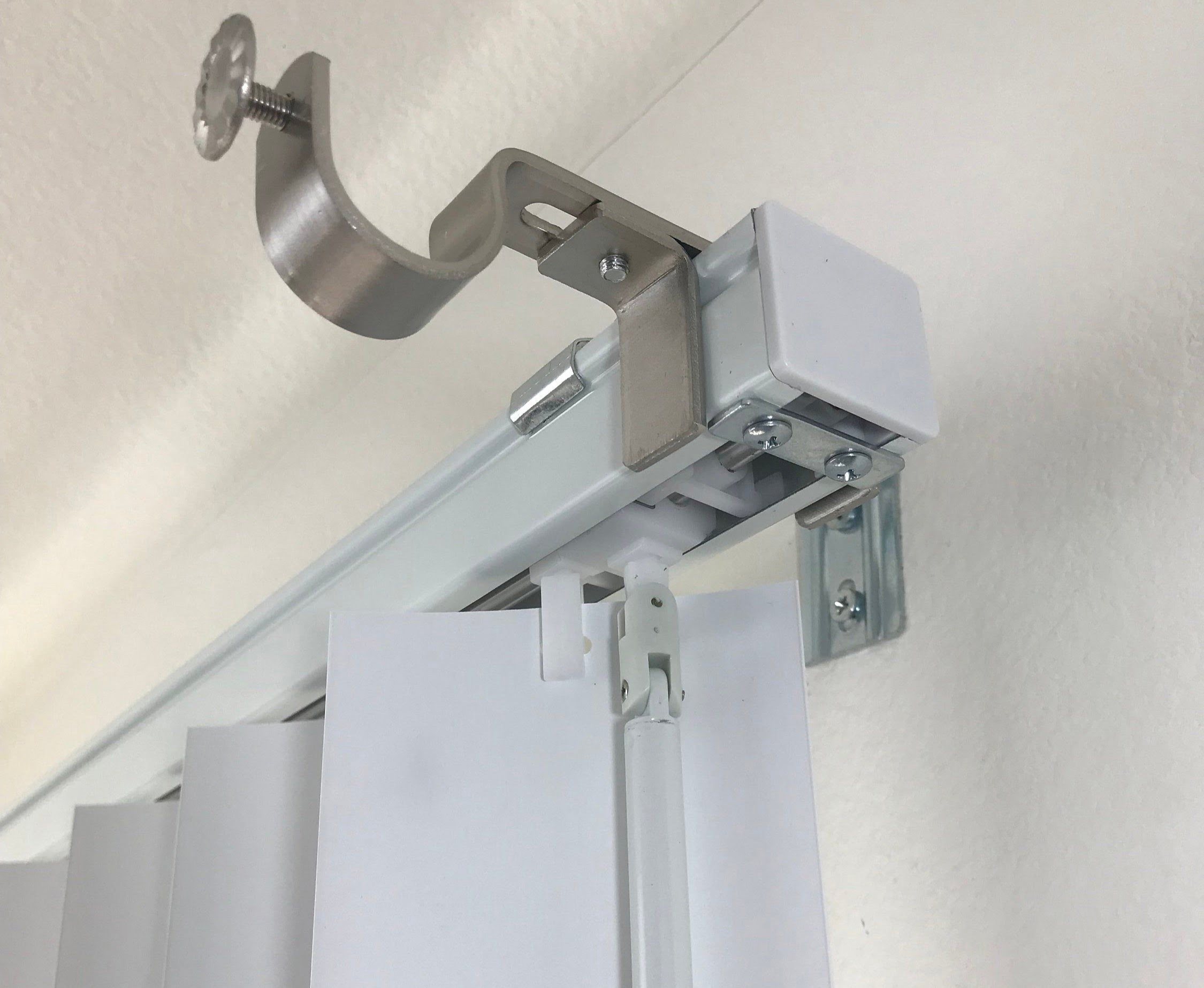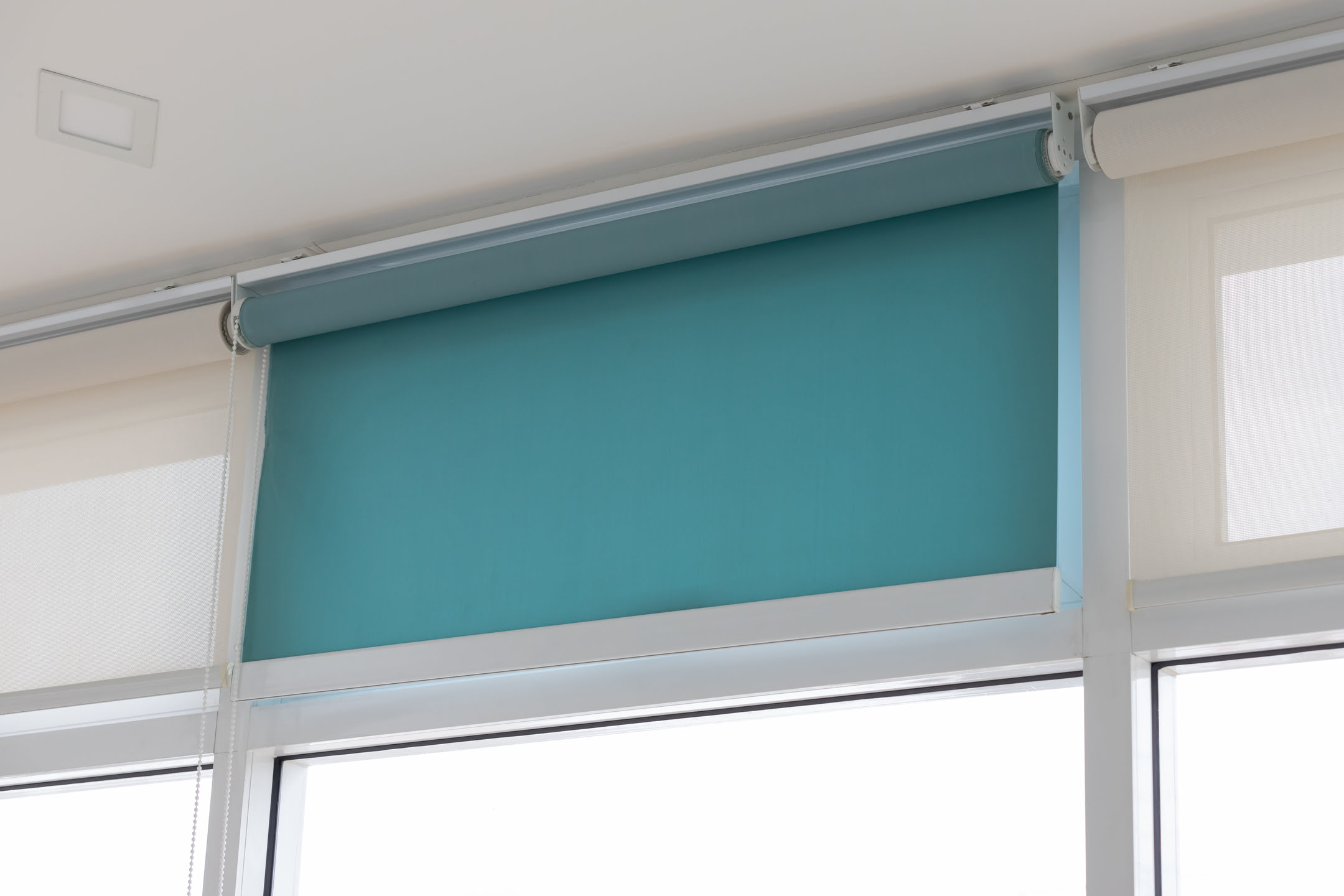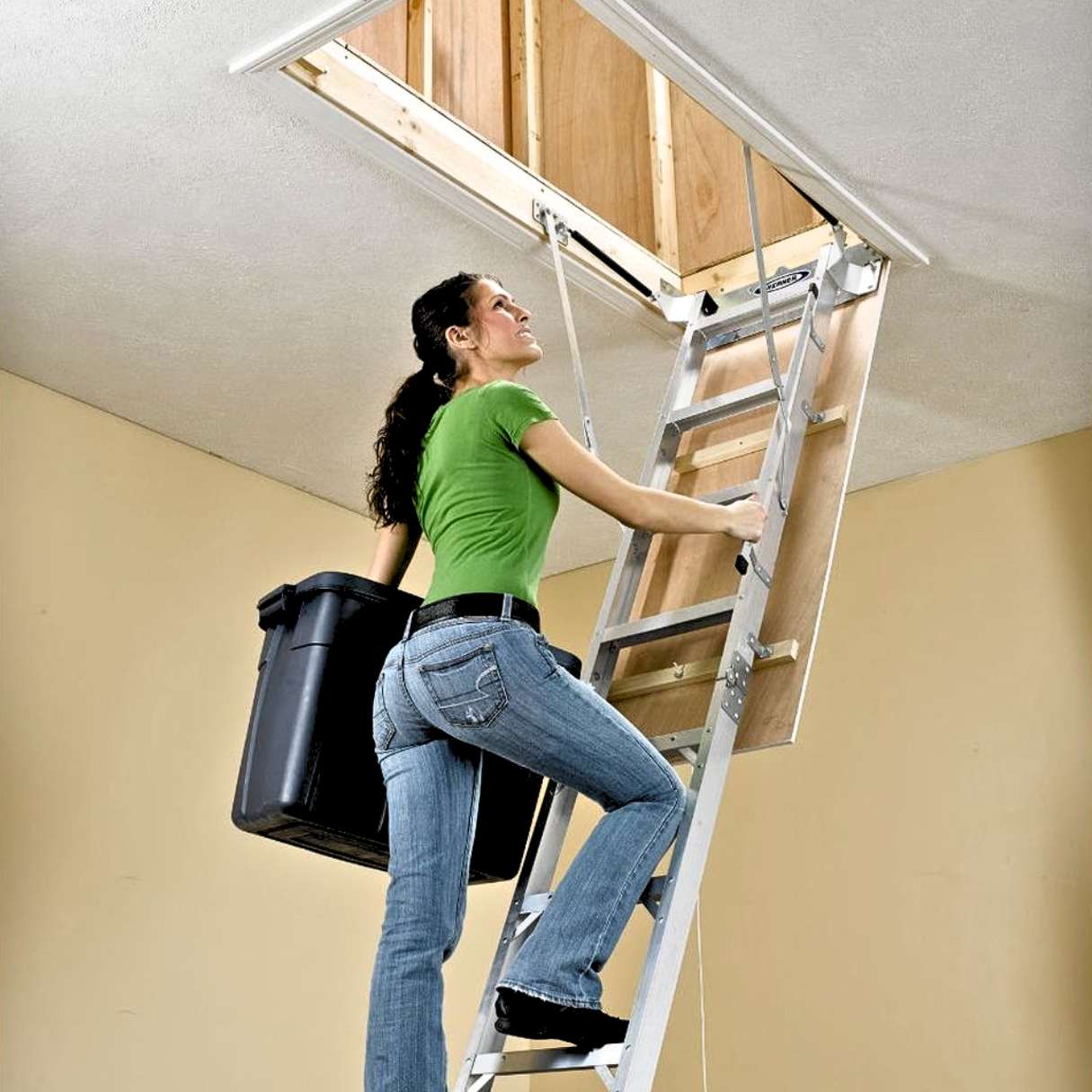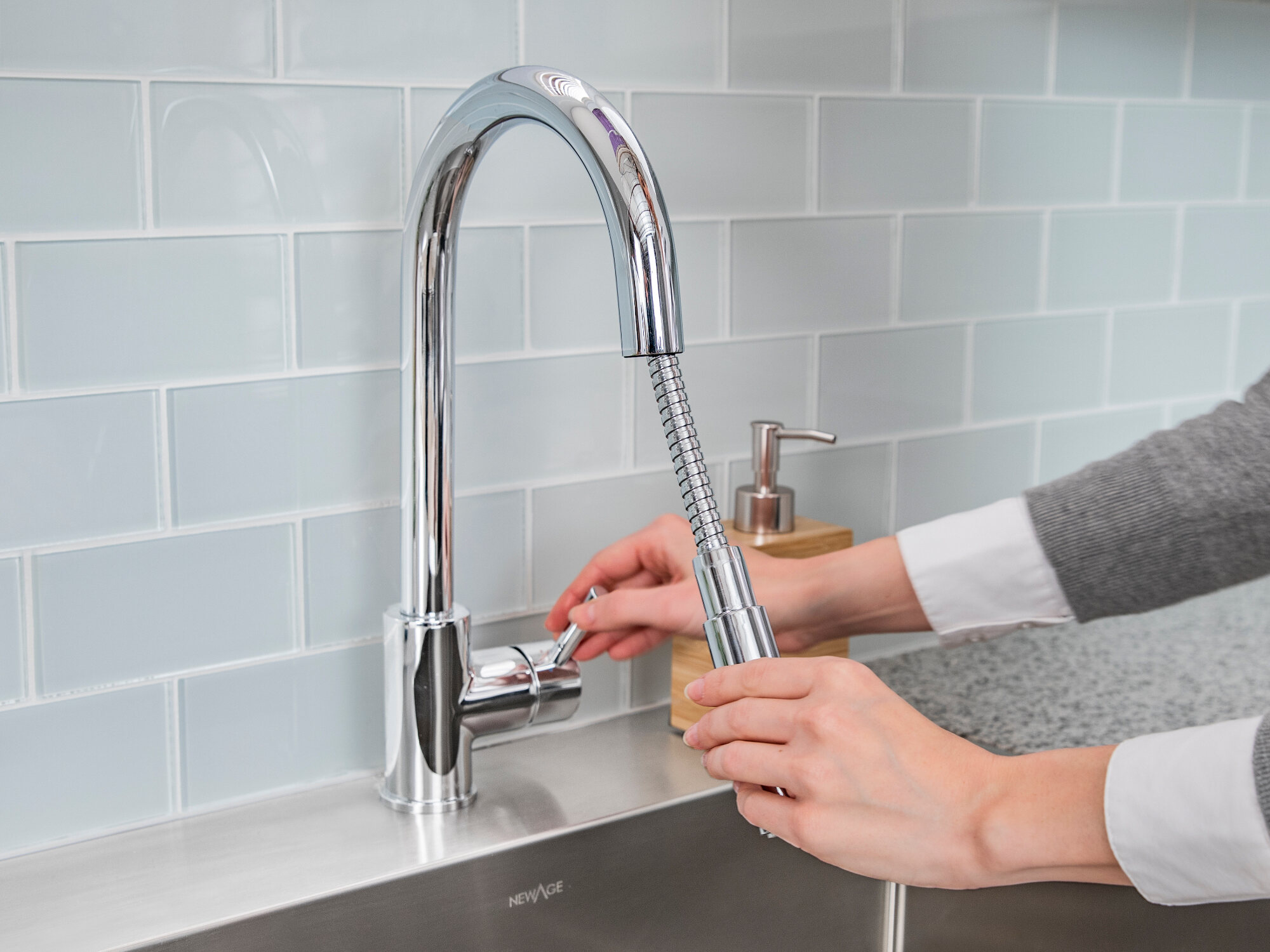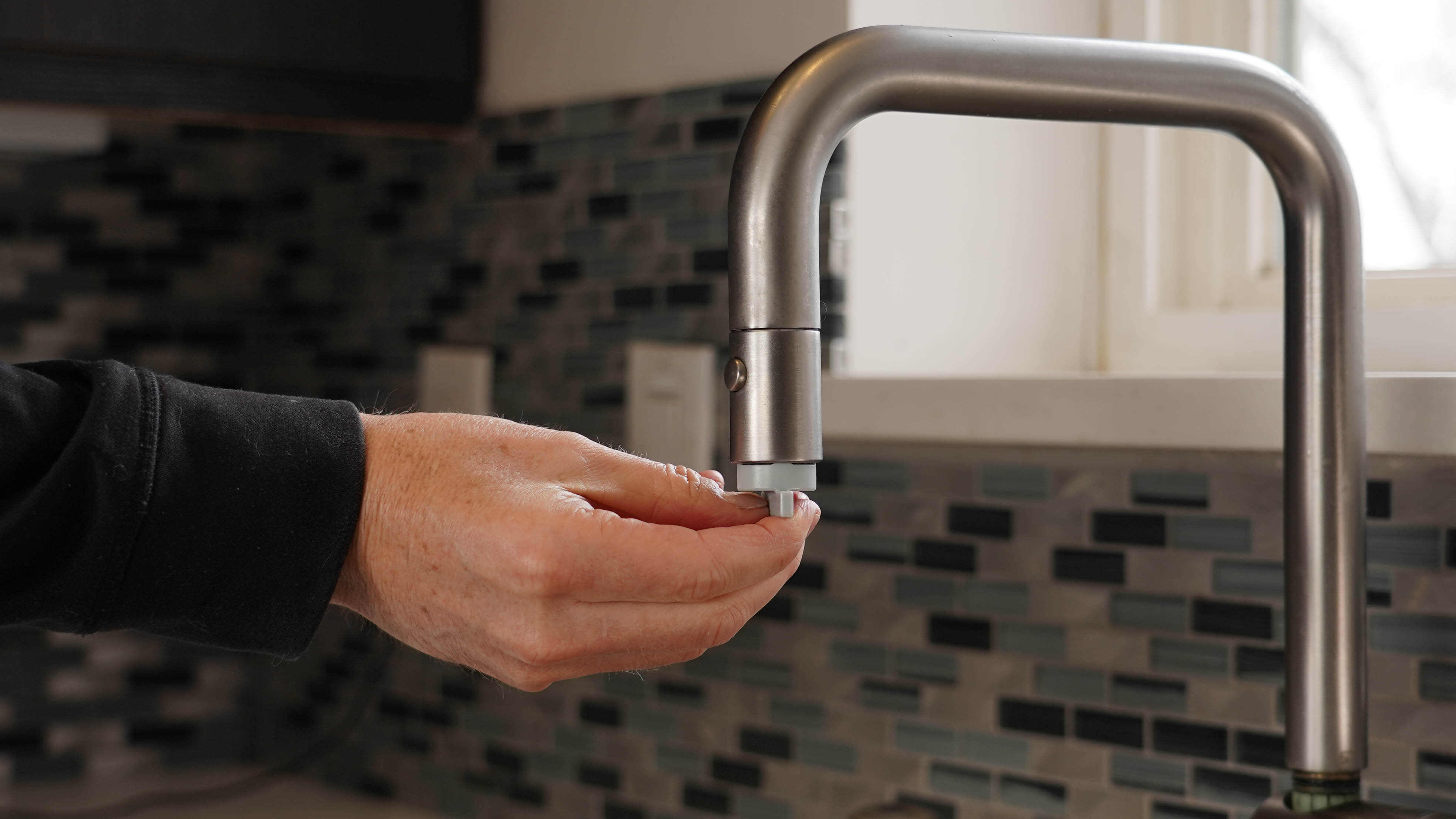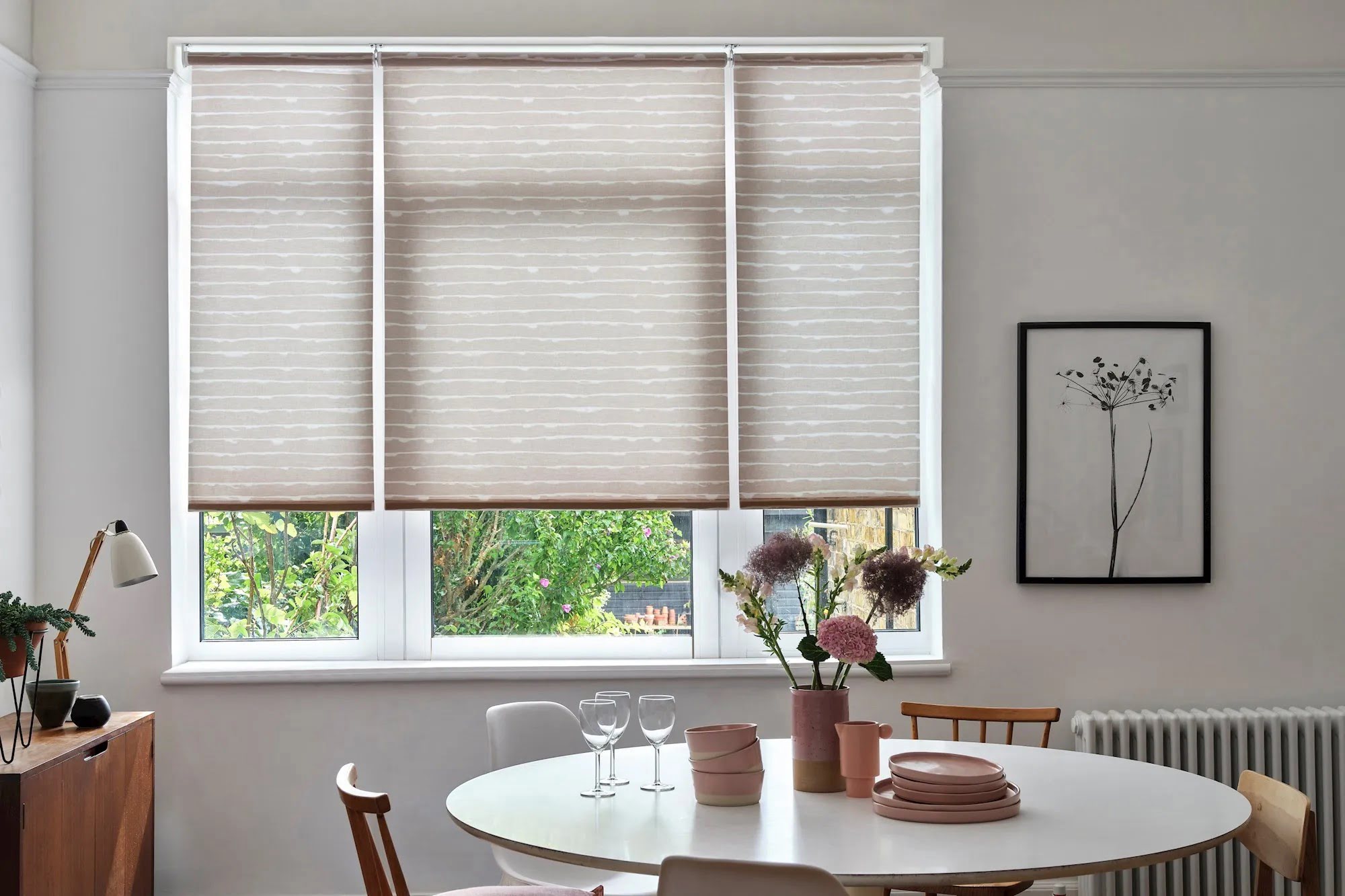

Articles
How To Adjust Pull-Down Blinds
Modified: March 1, 2024
Learn how to adjust pull-down blinds with our informative articles. Find step-by-step instructions and helpful tips to easily customize your window coverings.
(Many of the links in this article redirect to a specific reviewed product. Your purchase of these products through affiliate links helps to generate commission for Storables.com, at no extra cost. Learn more)
Introduction
Pull-down blinds, also known as roller blinds, are a popular choice for window coverings due to their functionality and sleek design. These blinds can be easily adjusted to regulate the amount of light entering a room and provide privacy. While pull-down blinds are typically set to a specific height during installation, there may come a time when you need to make adjustments to achieve the desired level of coverage or to accommodate changes in the room’s decor.
Adjusting pull-down blinds doesn’t have to be a daunting task. With a few simple steps and the right tools and materials, you can easily modify the height of your blinds to fit your needs. Whether you want to raise them slightly to allow more light in or lower them for maximum privacy, this article will guide you through the process.
Before we dive into the steps, it’s important to keep safety in mind. When working with blinds, always take precautions to protect yourself and prevent any damage to the blinds or the surrounding area. Additionally, make sure you have the necessary tools and materials on hand to complete the task effectively.
Key Takeaways:
- Prioritize safety and gather necessary tools before adjusting pull-down blinds. Consider factors like privacy and clearance when determining the desired height. Familiarize yourself with the control mechanism to ensure a smooth adjustment process.
- Test the adjustments and troubleshoot common issues to ensure the blinds are functioning optimally. Always prioritize safety and seek professional help if needed. Enjoy the improved light control and aesthetics of your newly adjusted pull-down blinds!
Read more: How To Pull Blinds Down
Safety Precautions
Before you begin adjusting your pull-down blinds, it is crucial to prioritize safety. Taking the necessary precautions will help prevent accidents and ensure a smooth and hassle-free process. Here are some safety guidelines to keep in mind:
- Ensure Proper Lighting: Work in a well-lit area to ensure clear visibility while handling the blinds. This will reduce the risk of accidental damage or injury.
- Wear Protective Gear: Consider wearing safety glasses and gloves to protect your eyes and hands from any potential hazards.
- Use a Steady Ladder or Step Stool: If your blinds are installed in a high position, use a sturdy ladder or step stool to reach them safely. Ensure the ladder or stool is properly stabilized before climbing on it.
- Turn Off Power Tools: If you need to use any power tools during the adjustment process, make sure they are turned off and unplugged when not in use. This will prevent accidental activation and reduce the risk of injury.
- Secure Loose Cords: If your pull-down blinds have cords, make sure they are properly secured and out of reach of children and pets to prevent entanglement.
- Avoid Excessive Force: When adjusting the blinds, use gentle and controlled movements to avoid damaging the mechanism or causing the blinds to snap back abruptly.
- Seek Professional Help if Needed: If you are unsure about any aspect of adjusting the blinds, or if you encounter any difficulties during the process, it is best to consult a professional for assistance.
By following these safety precautions, you can minimize the risk of accidents and ensure a safe environment while working with your pull-down blinds.
Tools and Materials Needed
Before you begin adjusting your pull-down blinds, gather the following tools and materials to assist you in the process:
- Measuring Tape: A measuring tape is essential for determining the desired height for your blinds and ensuring accurate adjustments.
- Screwdriver: Depending on the type of blinds you have, you may need a screwdriver to loosen or tighten screws that hold the blinds in place.
- Step Stool or Ladder: If your blinds are installed in a high position, a step stool or ladder will help you reach them safely and comfortably.
- Pencil or Marker: You will need a pencil or marker to mark the desired height on the blinds for reference.
- Level: A level is useful for ensuring that the blinds are adjusted evenly and straight.
- Optional: Power Drill – If your blinds are secured with screws, a power drill can be helpful for faster and more efficient adjustments.
As for materials, you may need the following:
- Cord Lock: If your pull-down blinds have a cord lock mechanism, you may need a replacement cord lock if the existing one is damaged or needs to be replaced.
- Replacement Brackets: In some cases, you might need replacement brackets if the original ones are cracked or broken.
- Cord Tensioner: A cord tensioner can be helpful in adjusting the tension of the cords and keeping them neat and organized.
- Screws: If you need to replace any screws that secure the blinds, make sure you have the appropriate size and type on hand.
Having these tools and materials ready before you start the adjustment process will ensure that you have everything you need to complete the task efficiently.
Step 1: Determine the Desired Height
Before you start adjusting your pull-down blinds, it’s important to have a clear idea of the desired height you want to achieve. Take into consideration factors such as privacy, light control, and your personal preference. Keep in mind that adjusting the blinds too high or too low could affect their functionality or compromise your desired level of privacy.
Begin by examining the current position of the blinds. If they are already at the desired height, you may not need to make any adjustments. However, if you need to change the height, follow these steps:
- Measure the Window: Use a measuring tape to measure the window’s height from the top to the sill or desired end point for the blinds. Make note of the measurement for reference.
- Consider the Window Frame: Assess the window frame and determine if you want the blinds to hang inside or outside the frame. This will affect the overall height and positioning of the blinds.
- Account for Clearance: If you have any furniture or decorative elements near the window, take into account the clearance needed to avoid obstruction when adjusting the blinds.
Based on your measurements and considerations, you can now determine the desired height for your blinds. Remember to take into account any necessary clearances and ensure that the height provides the desired balance between privacy and light control.
Once you have determined the desired height, use a pencil or marker to make a small mark on the blinds at this position. This mark will serve as a reference point for the adjustment process.
Now that you have identified the desired height, you can move on to the next step: locating the control mechanism of your pull-down blinds.
Step 2: Locate the Control Mechanism
In order to adjust your pull-down blinds, it is essential to locate the control mechanism responsible for raising and lowering the blinds. The control mechanism can vary depending on the type and design of your blinds. Here are some common types of control mechanisms:
- Chain Control: If your blinds have a chain control mechanism, it will typically be located on one side of the blinds. Look for a thin, beaded chain that is looped through a plastic or metal device.
- Spring Control: Some pull-down blinds use a spring control mechanism. This type of control is usually located near the top of the blinds and features a cord that you pull to adjust the blinds.
- Motorized Control: Motorized pull-down blinds are equipped with an electric motor and a remote control for easy adjustment. The control mechanism can be located on the blinds themselves or operated through a wall-mounted switch or remote control.
Once you have identified the control mechanism, it’s important to familiarize yourself with its operation. Understand how it functions to raise and lower the blinds, as well as any additional features or adjustments it may offer.
Take note of any specific instructions or warnings related to the control mechanism provided by the manufacturer. This will ensure that you adjust the blinds correctly and avoid any potential damage or malfunctions.
If you’re unsure about the type of control mechanism or need more guidance on its operation, refer to the manufacturer’s instructions or consult a professional for assistance.
With the control mechanism located and understood, you are ready to move on to the next step: adjusting the blinds to your desired height.
When adjusting pull-down blinds, start by gently pulling the cord to raise the blinds to the desired height. To lower them, release the cord slowly and guide the blinds down with your hand.
Read more: How To Pull Down Cordless Blinds
Step 3: Adjusting the Blinds
Now that you have determined the desired height and located the control mechanism, it’s time to adjust your pull-down blinds. The specific steps for adjusting the blinds may vary depending on the type and design of your blinds. Here are some general guidelines to help you through the process:
- Chain Control or Spring Control Mechanism:
- For blinds with a chain control mechanism, gently pull down on the chain to release the tension on the blinds.
- If your blinds have a spring control mechanism, gently pull down on the cord to release the tension.
- Once the tension is released, you can start adjusting the blinds to your desired height:
- Raise the blinds: If you want to raise the blinds, continue pulling the chain or cord slowly and steadily until the blinds reach the desired height. Ensure that the blinds are level and evenly adjusted as you go.
- Lower the blinds: If you want to lower the blinds, gently guide the blinds downward while releasing the chain or cord slowly. Make sure to control the descent and prevent the blinds from dropping abruptly.
- Set the new height: Once the blinds are adjusted to the desired height, release the chain or cord and allow it to lock into position. If necessary, double-check the blinds’ levelness and adjust accordingly.
- Motorized Control Mechanism:
- If you have motorized pull-down blinds, use the remote control or wall-mounted switch to adjust the blinds’ height according to your preferences. Follow the manufacturer’s instructions for operating the motorized control mechanism.
- Ensure that the blinds are raising or lowering smoothly and evenly. If you encounter any issues or the blinds are not adjusting properly, refer to the troubleshooting tips in the next step.
In either case, make sure to hold onto the chain or cord firmly to prevent the blinds from quickly snapping upward.
Take your time and be gentle throughout the adjustment process to avoid damaging the blinds or the control mechanism.
After you have successfully adjusted the blinds to the desired height, proceed to the next step: testing the adjustments to ensure everything is in working order.
Step 4: Testing the Adjustments
Once you have adjusted your pull-down blinds to the desired height, it is crucial to test the adjustments to ensure they are working correctly and meeting your needs. Testing the adjustments will help you identify any potential issues and allow you to make any necessary fine-tuning. Here’s how to test the adjustments:
- Raise and Lower the Blinds: Test the blinds by gently raising and lowering them using the control mechanism. Pay attention to the smoothness and evenness of the movement. The blinds should move up and down without any obstructions or resistance.
- Check for Levelness: Use a level to check if the blinds are hanging straight and level. If they appear to be slanting or uneven, make any necessary adjustments to ensure they are properly aligned.
- Assess Light Control: Observe how well the adjusted blinds are controlling the amount of light entering the room. If you find that the blinds are still allowing too much light in or not providing enough privacy, you may need to readjust the height or consider using additional window coverings or treatments.
- Test Cord Tension (if applicable): If your blinds have cords, check the tension to ensure they are properly adjusted. The cords should be taut enough to hold the blinds in place but not overly tight.
If any problems or issues arise during the testing phase, refer to the troubleshooting tips in the next step.
By thoroughly testing the adjustments, you can ensure that your pull-down blinds are functioning properly and meeting your expectations in terms of height, levelness, light control, and cord tension (if applicable).
Once you are satisfied with the adjustments and the blinds are working as desired, move on to step 5 for troubleshooting tips, just in case you encounter any difficulties along the way.
Step 5: Troubleshooting Tips
While adjusting your pull-down blinds, you may encounter certain issues or difficulties that require troubleshooting. Here are some troubleshooting tips to help you overcome common problems:
- Blinds Not Adjusting Smoothly: If your blinds are not moving up or down smoothly, check for any obstructions or tangled cords. Remove any obstacles and straighten out the cords to ensure smooth operation. Lubricating the control mechanism with a silicone-based spray can also help improve movement.
- Blinds are Uneven: If your blinds appear to be uneven, use a level to confirm their levelness. If they are not level, try adjusting the blinds by gently pulling or pushing them to align them properly. If the issue persists, check if the brackets supporting the blinds are secure. If not, tighten or replace them as needed.
- Excessive Slippage (Chain Control): If you have chain-controlled blinds that are slipping and not maintaining the desired height, inspect the chain mechanism for any damaged or worn-out components. If necessary, replace the chain or contact the manufacturer for further assistance.
- Inconsistent Cord Tension: If your blinds have cords and you’re experiencing inconsistent cord tension, check if the cord tensioner is properly installed and adjusted. The tensioner should ensure that the cords are neither too loose nor too tight. Adjust it as needed to achieve balanced cord tension.
- Motorized Blinds Not Responding: If you have motorized blinds and they are not responding to the remote control or wall-mounted switch, check the batteries in the remote control. If the batteries are low, replace them and try again. If the problem persists, consult the manufacturer’s instructions or contact their customer support for troubleshooting assistance.
- Other Issues: If you encounter any other issues or difficulties that cannot be resolved through troubleshooting, consult the manufacturer’s instructions or consider seeking professional help from a blinds technician or installer.
Remember to always prioritize safety and refer to the manufacturer’s instructions when troubleshooting or making any adjustments to your pull-down blinds.
By following these troubleshooting tips, you can address common problems that may arise during the adjustment process and ensure that your pull-down blinds are working optimally.
Conclusion
Adjusting pull-down blinds is a straightforward process that allows you to customize the height of your window coverings to suit your needs and preferences. By following the steps outlined in this guide and taking necessary safety precautions, you can achieve the desired level of privacy, light control, and aesthetic appeal in your space.
Begin by determining the desired height for your blinds, considering factors such as privacy and clearance. Locate the control mechanism of your blinds, whether it be a chain control, spring control, or motorized control. Adjust the blinds accordingly, ensuring smooth and even movement, and testing the adjustments for proper functionality.
If you encounter any difficulties, refer to the troubleshooting tips provided to address common issues and find solutions. As always, prioritize safety throughout the process, wearing protective gear and following the manufacturer’s instructions.
With the adjustment successfully completed, step back and admire your newly adjusted pull-down blinds. Take a moment to appreciate the improved light control, privacy, and overall aesthetics they bring to your space.
Remember, if you’re unsure about any aspect of adjusting your pull-down blinds or if you encounter complex issues, it’s always a good idea to consult a professional blinds technician or installer for assistance.
Now that you have the knowledge and confidence to adjust your pull-down blinds, go ahead and make the necessary modifications to create a comfortable and stylish environment in your home or office.
Frequently Asked Questions about How To Adjust Pull-Down Blinds
Was this page helpful?
At Storables.com, we guarantee accurate and reliable information. Our content, validated by Expert Board Contributors, is crafted following stringent Editorial Policies. We're committed to providing you with well-researched, expert-backed insights for all your informational needs.
